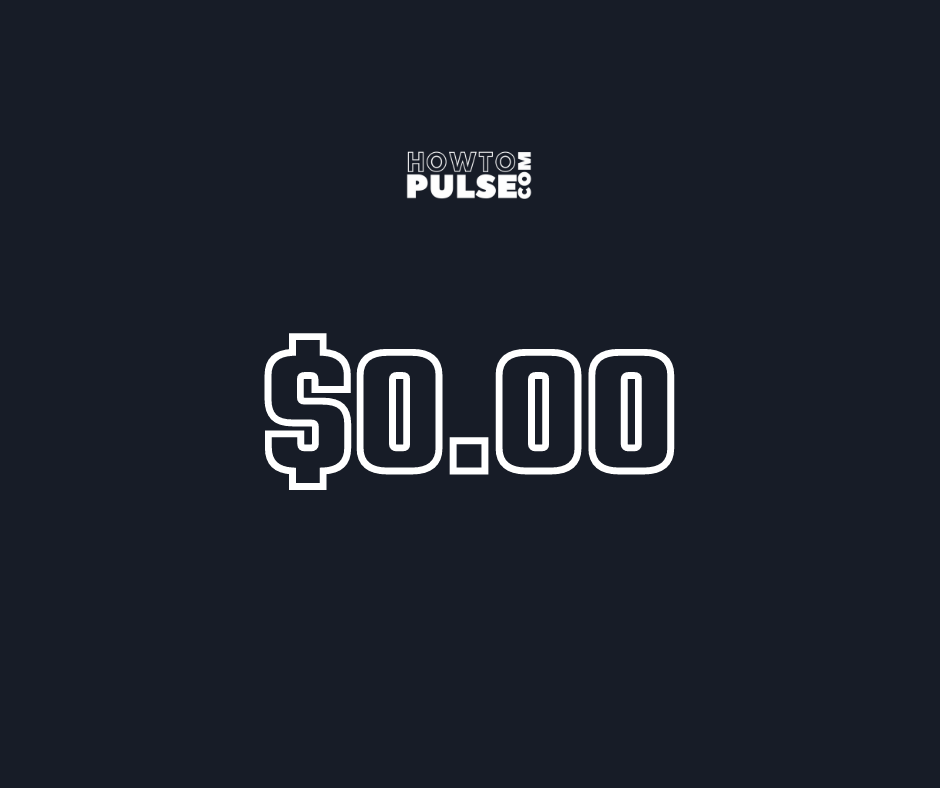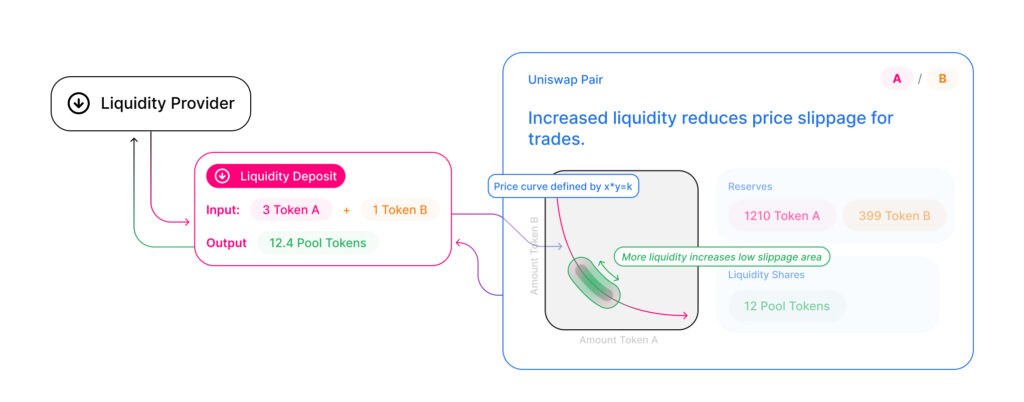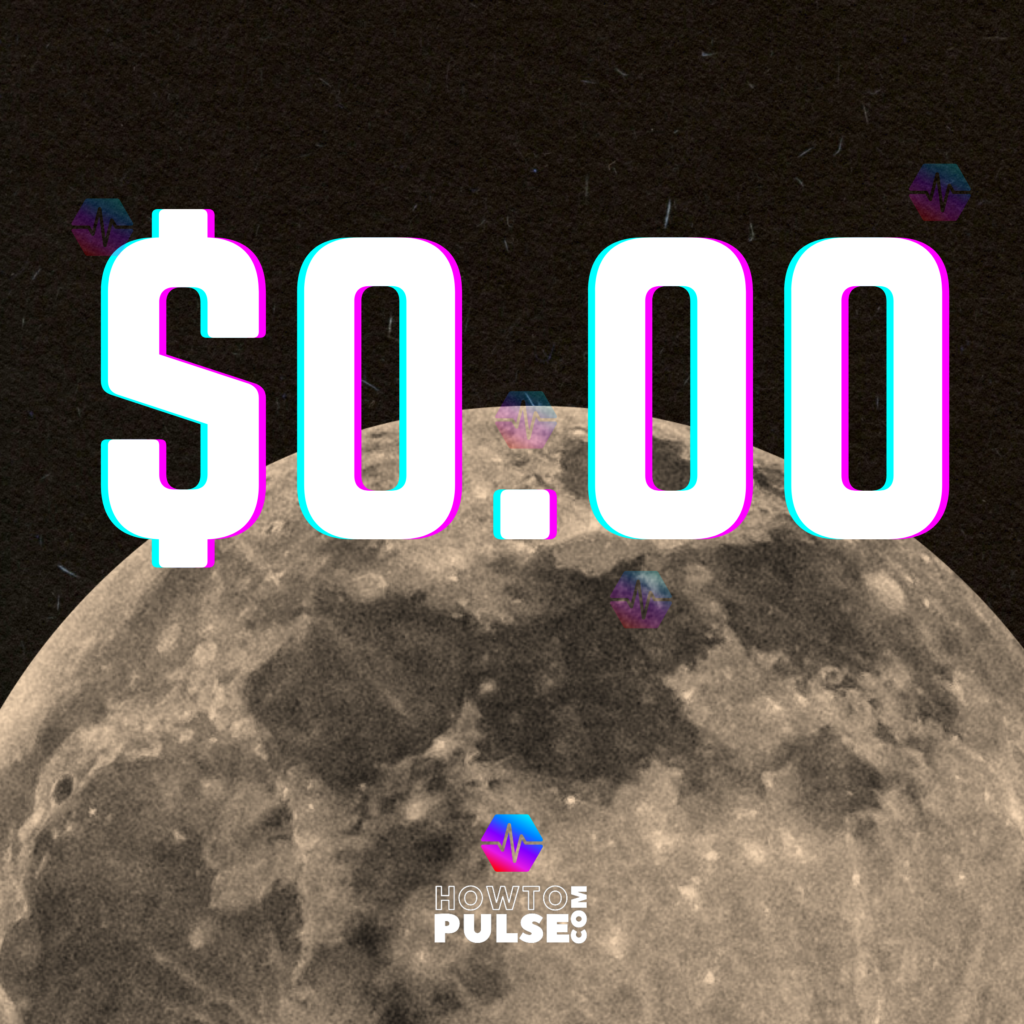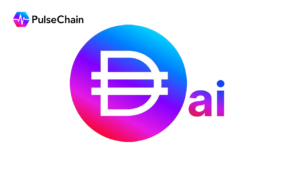
You are already trading at zero
*** Cryptocurrencies and NFTs are volatile and those who invest in them should be prepared to lose all their money. NOTHING www.howtopulse.com states, shares, expresses, or allude to should be considered financial advice or recommendations of action. This blog is intended for educational and entertainment purposes only. Consult a professional (or two…or more) for any tax, accounting or legal related questions you may have. Howtopulse did not receive any payments to write this blog or any other post on this site.***
Everything starts at Zero! This has been a declaration since the inception of the idea of PulseChain. Everything starts at zero. No price. No pre-evaluation. No tax event. Absolutely no expectations.
But what does zero mean in the context of pricing and more importantly Pulse and the new “PRC” coins that are forked at launch? It doesn’t mean that they all have zero value, it more accurately would be referred to as “no price”. We are going to touch on what this means as well as AMM ( automatic market makers) and liquidity pools.
If you have not read our pieces on CEX vs DEX (centralized vs decentralized exchanges), I would start there for some more clarity on the discussion coming up.

Pools make price
Let’s say Hex is $0.50. Is there anywhere you can put in $0.50 and get a Hex token back? No. Because Hex isn’t $0.50, it’s in a liquidity pool paired with USDC at a ratio of 2:1 and from that pool we derive a price of 50c for HEX. USDC is valued at $1, you can swap it for two HEX, so we value Hex at 50c.
Liquidity pools are smart contracts that hold assets. It enables trading one crypto currency against another without having to find someone who’s ready to give me the token that I want for the token that I have. Liquidity pools enable crypto trading in an automated way. Each token can have many pairs: HEX to USDC, HEX to ETH and more.
Blockchains don’t know what dollars are
The Uniswap or DEX’s smart contract doesn’t know we have these fiat values associated with it. It is just running the pools and handling transactions. When we have these pools forked onto PulseChain, the ratio’s described above will be maintained. So if Hex is 50c as the example above, Hex on PulseChain will be paired with “p”USDC at the same 2:1 ratio. These pools will allow trading the exact same way we do on Ethereum currently. It doesn’t matter that we value them all at zero, the blockchains don’t know in the first place.
Note that we prefix the token name with a “p” in this article to simplify the explanation and get the point across. It will not actually be added to the token’s ticker on PulseChain. It will just be USDC on Ethereum and USDC on PulseChain.
The ratios give us a starting point for trading. What is everyone waiting for, what is the first price other than zero? That price for Pulse and every… single… PRC… will come from a single liquidity pool.

From Zero to Moon
The first LP that ties the Pulse coin to anything that currently has USD value (likely USDC or ETH) will give pulse its first USD price based on that ratio. Now what is really mind-blowing, is that since Pulse has a USD price, all the PRC have a USD price as well based on their ratio on Pulse. This first LP will cause a waterfall of value across the entire chain with likely BILLIONS of value appearing in a single instant.
Welcome to the automatic market. Welcome to Pulse.

